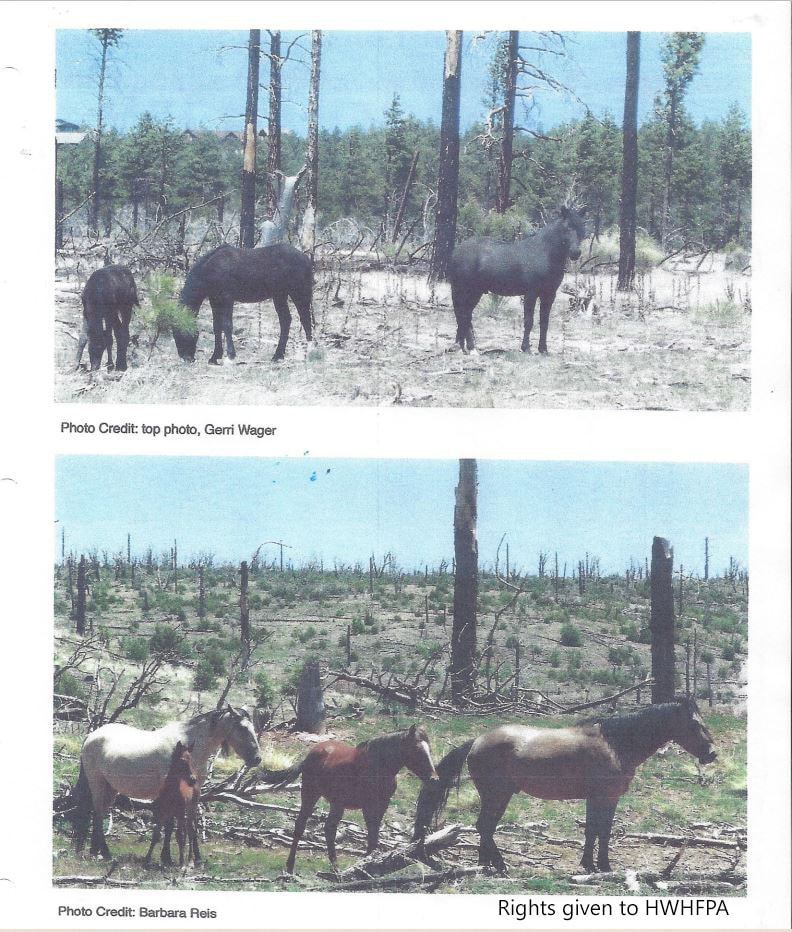Because history gives us the tools to analyze and explain problems in the past, it positions us to see patterns that might otherwise be invisible in the present – thus providing a crucial perspective for understanding (and solving!) current and future problems.
https://history.wisc.edu/.../history-careers/why-history/....
Timeline of the History of the Apache Sitgreaves
Wild Horses (ASNF)
Prehistoric era: Ancestor of the horse roams North America
Circa 30,000 BC: Ancestor of horse migrates to Eurasia, is domesticated and ultimately traded to European countries including Spain.
Circa 20,000 BC: Prehistoric cave drawings dated circa 20,000 BC on the Spanish Iberian Peninsula show that wild horses have roamed the Spanish Iberian Peninsula for thousands of years. Some of these horses are domesticated and selectively, bred to become the modern Andalusian. At about the same time, the wild Sorrai horse evolves in Spain with its characteristic buckskin color, dun line, black mane and tail, and black markings on the legs. Some of the Sorrai horses are domesticated and incorporated into Spanish horse bloodlines.
Circa 700-800 AD: The African Barb comes to Spain during the invasion of the Berbers and is bred with Spanish stock to become the Spanish Barb.
1540 – Francisco Coronado and his expedition to the Seven Cities of Gold travel over the Mogollon Rim near Pinetop, McNary, Vernon and St. Johns bringing scores of Spanish horses including Barbs and Andalusians. Horses are allowed to forage in some areas of the Rim and Apache Sitgreaves National Forests. Coronado Expedition marks the re-introduction of the horse to the West and to North America including in Apache Sitgreaves National Forests. Muster roles and ships logs note numbers of horses and colors of horses including black, chestnut, bay, and buckskin, colors of many of the wild Apache Sitgreaves horses today.
.
1653 - Father Eusebio Kino makes an apostolic expedition to the Mogollon Rim and Apache Sitgreaves National Forests “to the borders of the land of the Apacheria.” Father Kino, an ultimate horseman, brings Andalusians, Barbs and Jennets from Spain to Mexico where they are kept at his Mission Dolores. The horses are used on the 1653 expedition as mounts for Father Kino and Spanish soldiers who accompany him. Scores more are herded as remounts and some left in areas of good forage on the Rim and in Apache Sitgreaves Forests to breed as more remounts on the trip back.
1870’s - General George Crook brings mounted cavalrymen to the Mogollon Rim and Apache Sitgreaves National Forests near the Coronado Trail and Crook’s Trail is established. Some of the mounts likely run and breed with the wild Spanish horses already established in Apache Sitgreaves by the Coronado and Kino expeditions.
The Photos:
Although the horses had been in the Sitgreaves all along they became much more visible in areas where the human caused 2002 Rodeo-Chediski fire raged through leaving open spaces where trees and shrubs had once offered cover to the wildlife.
The bottom photo is of the iconic band stallion “Old Buck” along with his lead mare “Sweet Suzanna” and their two youngsters.


 RSS Feed
RSS Feed
